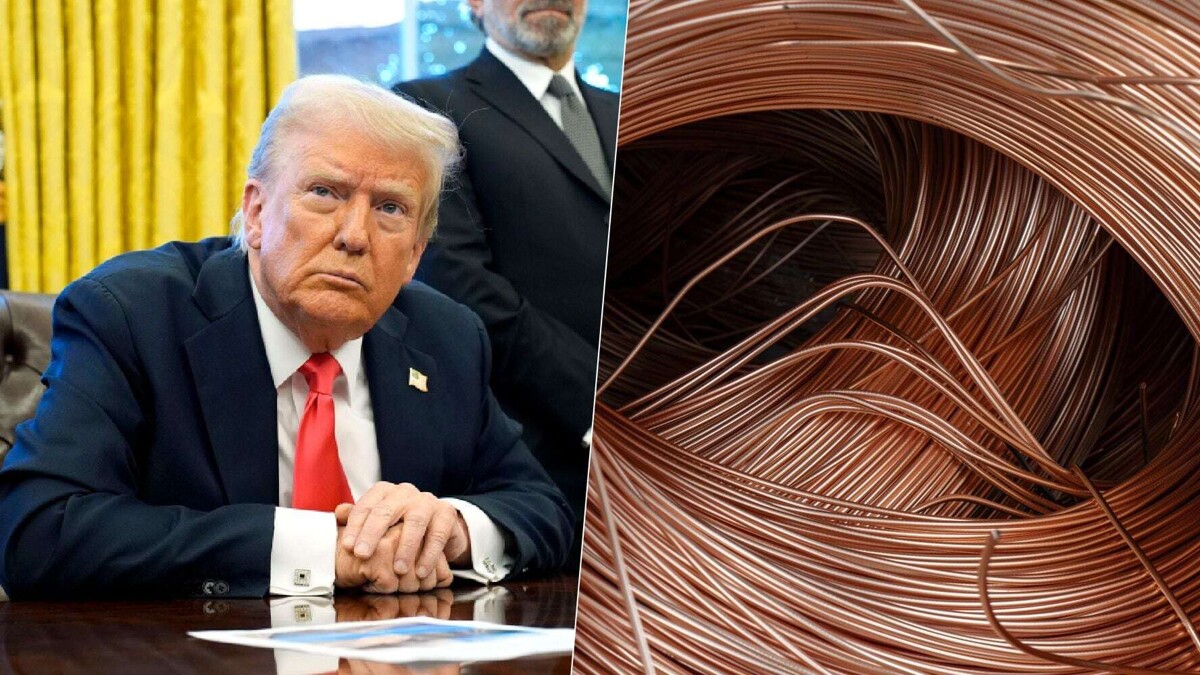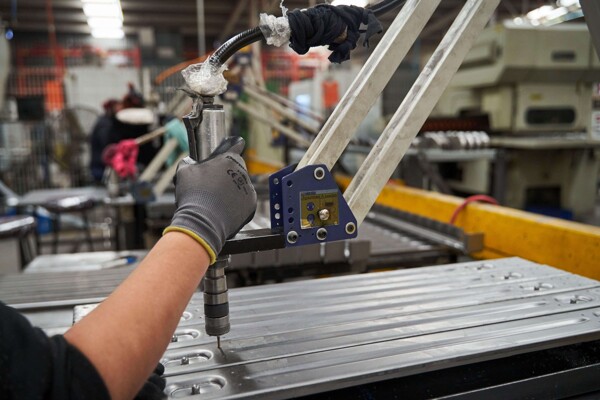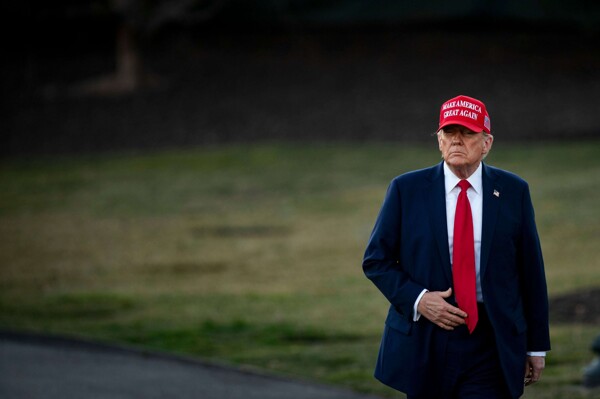
The United States is considering the application of tariffs on copper imports with the objective of stimulating the domestic industry. This measure could have a significant impact on countries like Mexico, Chile, and Canada, which are the main suppliers of copper to the United States under the administration of Donald Trump.
The U.S. president has signed an order for the Department of Commerce to investigate the feasibility of imposing tariffs on copper, which would add to the existing 25 percent tariffs on steel and aluminum, as well as the 25 percent tariffs for Mexico and Canada, and the 10 percent for China and other related taxes from Trump's "trade war."
Mexico would be impacted if tariffs on copper are applied, as it supplies 8 percent of the 1.6 million tons of refined copper produced in the United States. This makes it the third largest supplier, behind Chile (38 percent) and Canada (28 percent).
According to Mexico's Ministry of Economy, the country sells approximately 125 million dollars per year in refined copper and alloys to the United States. China is the country that buys the most copper from Mexico, accounting for 40.6 percent of the sales, followed by the United States with 30.9 percent.
The Mexican states that sell the most copper and that would likely be affected by the proposed tariffs are Puebla, Sonora, Nuevo León, Coahuila, San Luis Potosí, and Mexico City. These states represent a significant portion of copper exports to the United States.
It is important to note that, although Puebla is one of the largest sellers of copper nationally, most of its exports go to China and Vietnam, so it may not be as affected by the copper tariffs as other states. On the other hand, states like Sonora, Nuevo León, Coahuila, Mexico City, Tamaulipas, and Baja California concentrate most of their copper sales in the United States and could be directly affected by this measure.
In the case of San Luis Potosí, the state does not export copper to the United States, as its main clients are located in China and Europe.














